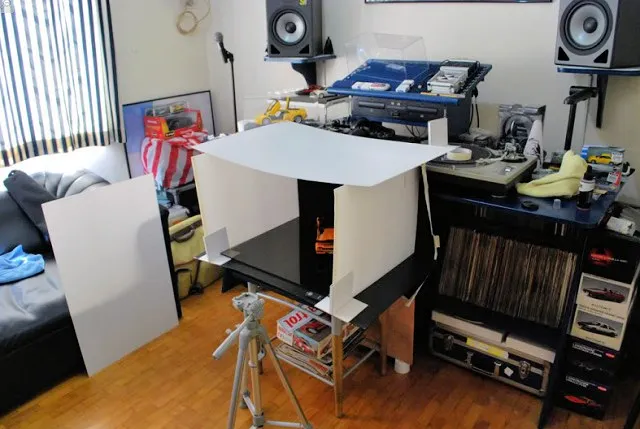What is Diecast Car
Diecast cars are miniature replicas of real-world vehicles, meticulously crafted using a unique manufacturing process. These highly detailed models are not just toys; they are a significant part of the collecting world and are appreciated by enthusiasts of all ages. The term “diecast” refers to the method of production, where molten metal is injected into a mold (die) under high pressure. This process allows for intricate designs and precision, which is why diecast cars can capture the essence of their full-sized counterparts so accurately. From classic automobiles to modern race cars, diecast models offer a tangible connection to the world of automotive history and design.
Diecast Car Materials and Manufacturing Process
Materials Used in Diecast Cars
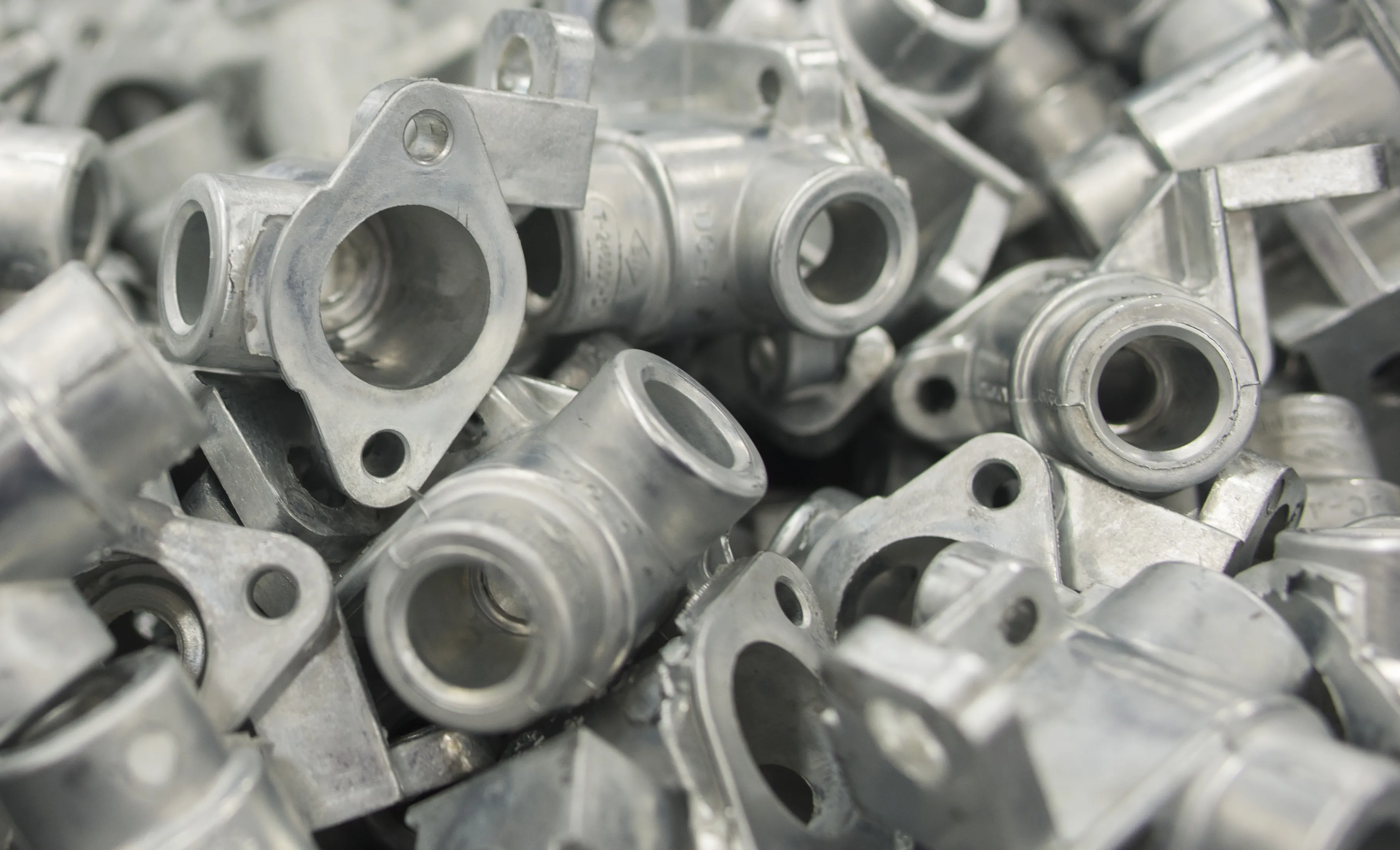
The core of a diecast car is typically made of a zinc alloy, often mixed with other metals like tin or copper. This alloy is chosen for its ability to accurately capture fine details and for its durability. Plastic components are also used for parts like tires, windows, and interior detailing. These plastic parts are often created through injection molding, allowing for intricate shapes and varying levels of transparency. Paints and coatings are applied to achieve the final look, with many manufacturers using high-quality paints to replicate the colors and finishes found on real cars. The combination of these materials gives diecast cars their characteristic weight, feel, and aesthetic appeal.
The Die-casting Process
The die-casting process is the heart of diecast car production. It starts with creating a mold (die) designed to the exact specifications of the car. Molten metal alloy is then injected into this mold under high pressure, forcing it to fill every detail. Once the metal cools and solidifies, the mold is opened, and the car body is removed. The body then undergoes several finishing steps, including trimming excess material, smoothing surfaces, and preparing it for paint. The plastic components are created separately and assembled to the car’s body. High-quality paints and detailed decals are applied to give the final look. Finally, the car undergoes a quality control check to ensure all parts fit, and that the model meets the manufacturer’s standards. This detailed process results in accurate, durable miniature cars.
Choosing the Right Diecast Car
Scale of Diecast Cars
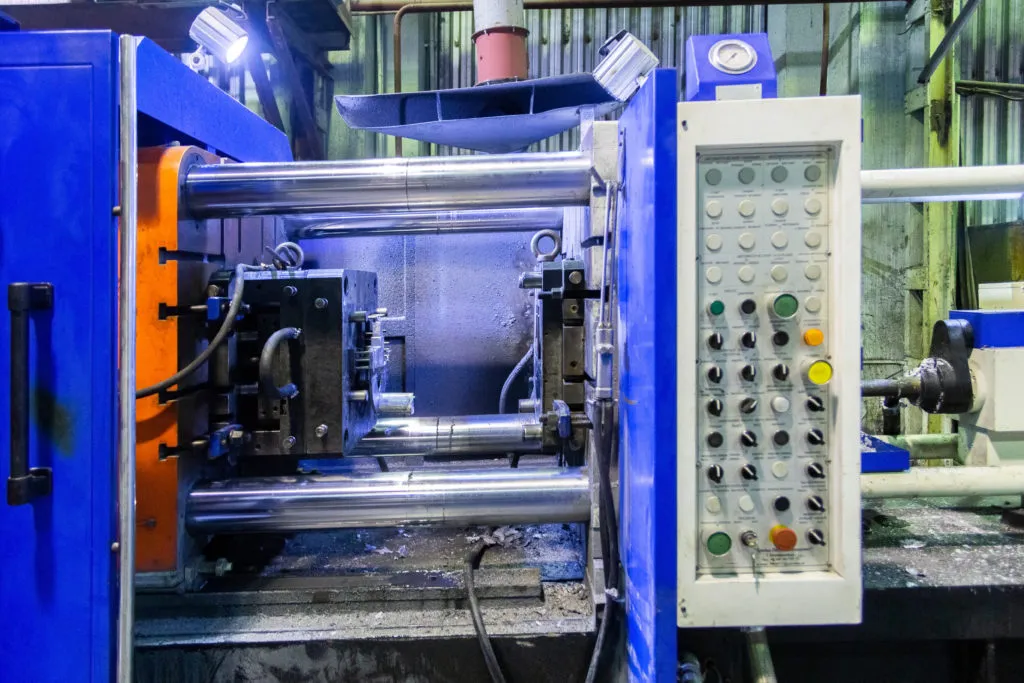
Diecast cars come in various scales, with the most common being 1:18, 1:24, and 1:43. Scale refers to the ratio between the size of the model and the actual car. A 1:18 scale car is 1/18th the size of the real vehicle. The scale of the diecast car impacts the level of detail and the price. Larger scales, such as 1:18, often have more detailed interiors and working features, but are generally more expensive. Smaller scales, like 1:43, are more compact and can be more affordable, making them suitable for collectors with limited space or budgets. The choice of scale depends on your preferences, the space available for displaying your collection, and how much detail you prefer in your models.
Brands and Models
A vast number of diecast car brands cater to every taste and interest. Some popular brands include Hot Wheels, Matchbox, Maisto, and Autoart. Each brand offers a range of models from various car manufacturers, including iconic vintage cars, modern sports cars, and limited-edition releases. When choosing diecast models, consider the brand’s reputation for detail, quality, and accuracy. Some collectors focus on specific car manufacturers, such as Ferrari or Porsche, while others build collections based on themes like racing cars or classic American cars. Researching different brands and models will help you identify the best choices based on your collecting interests.
Factors to Consider When Buying
When purchasing diecast cars, consider several factors. The level of detail is essential, especially if you value accuracy. Check the quality of the paint finish, the accuracy of the interior detailing, and the operational features like opening doors or hoods. Authenticity is another key factor, including the model’s accuracy to the original car. Evaluate the model’s overall build quality. Models made from high-quality materials and assembled with care are likely to last longer and have better collectible value. Finally, consider the availability of the model, limited editions, and exclusive releases often become highly sought after by collectors. Set a budget, research the market, and focus on models that resonate with you.
Collecting Diecast Cars
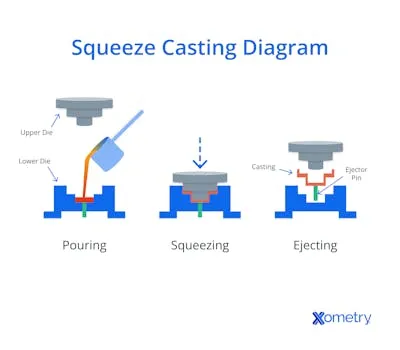
Collecting diecast cars is an enjoyable and rewarding hobby. Whether you’re drawn to classic cars, sports cars, or models from your childhood, the process of building a collection is fascinating. Starting a collection means deciding which models to collect. This could be based on scale, brand, model type, or theme. Joining collector groups, participating in online forums, and attending car shows are great ways to connect with other enthusiasts and learn about the hobby. As you build your collection, keep detailed records of your models, including their purchase date, price, and any special features. Documenting the collection is essential, both for personal enjoyment and for assessing the value of your collection over time.
Displaying Your Collection
Displaying your diecast car collection is a significant part of the hobby. The way you display your models will reflect your personality and can enhance their appeal. Consider using display cases to protect your cars from dust and damage while showcasing them. These cases come in various sizes and styles, from simple shelves to elaborate, multi-tiered units. Organize your collection by theme, brand, scale, or any other way that makes sense to you. Lighting can significantly impact how your models look; using spotlights or track lighting can highlight details. Rotate the models in your display to keep things interesting, and rearrange your collection to experiment with new arrangements. The goal is to create a visually appealing display that celebrates your diecast car collection.
Storing Diecast Cars
Proper storage is critical for preserving the value and condition of your diecast cars. Protect your models from extreme temperatures, humidity, and direct sunlight, as these conditions can damage the paint and materials. Store your cars in a cool, dry place. If you don’t have display cases, consider using individual plastic cases to shield your models from dust and scratches. Avoid stacking cars on top of each other, as this can cause damage, instead, store them in a way that allows you to see each model. Regularly inspect your collection for any signs of damage or deterioration. By taking these steps, you can ensure that your diecast cars remain in excellent condition for years to come.
Maintaining Diecast Cars
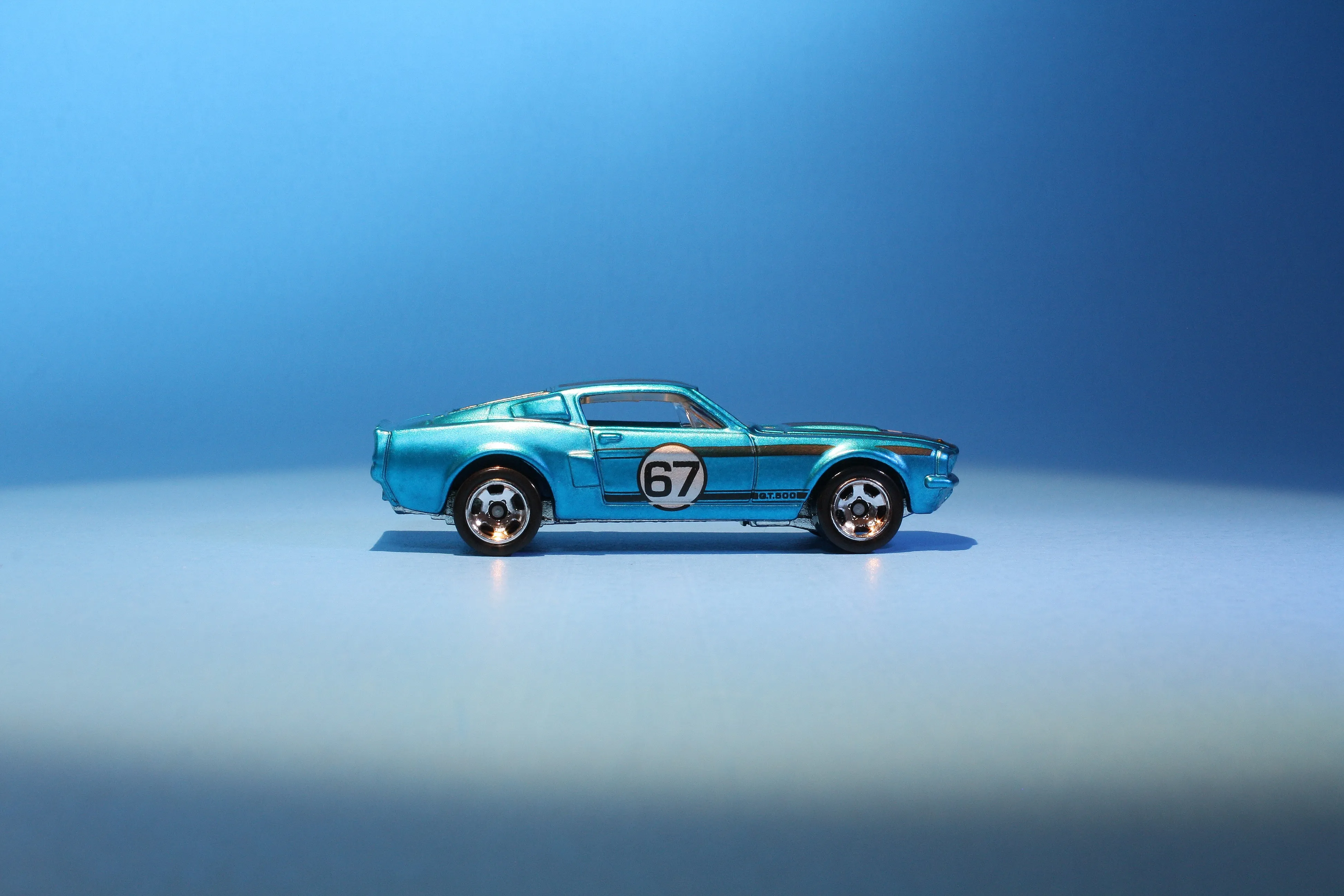
Cleaning Your Cars
Regular cleaning helps maintain the appearance and condition of your diecast cars. Dust can accumulate on the models, and should be removed with a soft brush or a microfiber cloth. For more thorough cleaning, use a mild soap solution and gently wipe the car’s surfaces. Avoid abrasive cleaners or harsh chemicals that can damage the paint. Pay attention to details like wheels, grilles, and interior spaces, cleaning them carefully with a cotton swab or a soft brush. After cleaning, make sure to dry the model thoroughly to prevent water spots. Remember that regular cleaning can prevent damage and keep your diecast cars looking their best.
Protecting Your Collection
Protecting your diecast car collection involves preventative measures to avoid damage. Store your models away from direct sunlight to prevent fading and other UV damage. Consider using museum-quality display cases. Use gloves while handling your models, to prevent fingerprints and oils from touching them. Be cautious when handling the cars, especially models with delicate features. Regular inspections can help you identify any potential issues, like loose parts or paint damage. When moving or transporting your collection, pack each model carefully. With care, your diecast cars will remain in excellent condition and can be enjoyed for many years to come.
Buying and Selling Diecast Cars
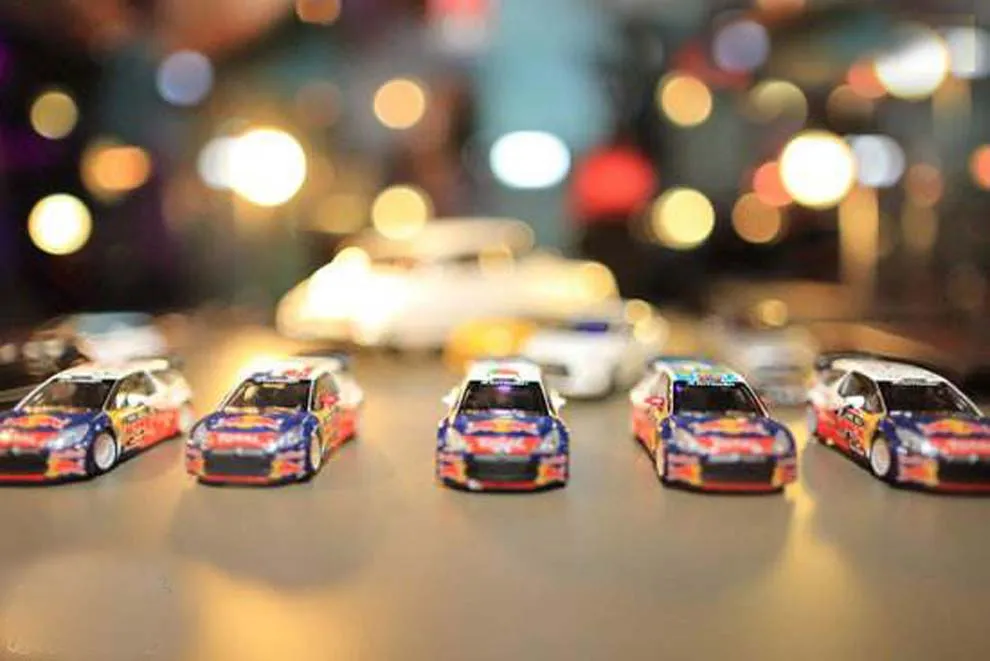
Where to Buy
Diecast cars can be found in various places, from local hobby shops to online retailers and large marketplaces. Hobby shops offer a chance to examine models in person and benefit from expert advice. Online retailers provide a vast selection and competitive prices, but you need to evaluate the shipping and return policies. Auction sites and online marketplaces have a wide range of models, including rare and vintage pieces, but they also require careful research. Car shows and swap meets are also good places to find diecast cars. Compare prices, check the seller’s reputation, and review product descriptions thoroughly. You’ll find the best deals and discover a collection that meets your criteria.
How to Sell
When selling diecast cars, there are a few key steps to take. Assess the condition of your models, noting any defects or wear, as this will affect their value. Research the market value of your models to set realistic prices. There are online price guides, auction results, and collector forums to help with this. Take high-quality photos of your models from different angles and highlight all the details. Decide where to sell your cars. Online marketplaces are suitable for reaching a wide audience. Auction sites are great for rare or vintage items. Be sure to provide accurate descriptions, including the model’s details, condition, and any accessories. Provide a clear description of your return policy. Ensure you package the cars securely to prevent damage during shipping. Respond promptly to any questions from potential buyers.
Common Mistakes to Avoid
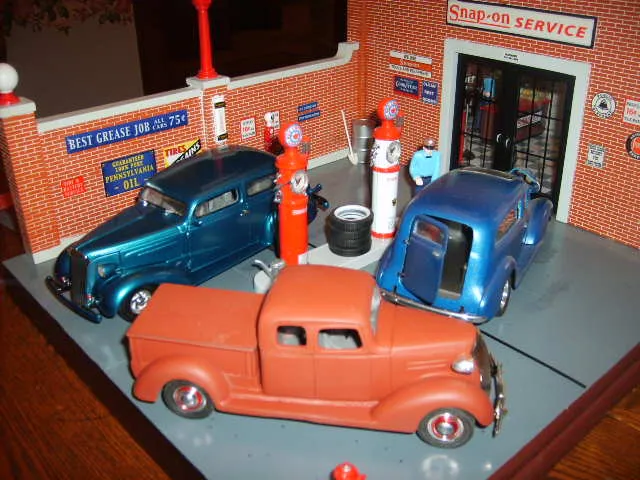
There are common mistakes collectors should avoid. One of them is overspending. Set a budget and stick to it, and be cautious about impulsive purchases. Purchasing models without researching their authenticity and condition. Always verify the model’s details, check for signs of damage, and review the seller’s reputation. Neglecting to care for your collection can lead to the deterioration of your models. Regularly clean and store your cars, and keep them away from direct sunlight and extreme temperatures. Failing to document your collection can make it difficult to track the value and history of your models. Keep a detailed record of your purchases, and be sure to take photos of your items. Researching the market and building your knowledge about diecast cars will help you avoid these mistakes.
